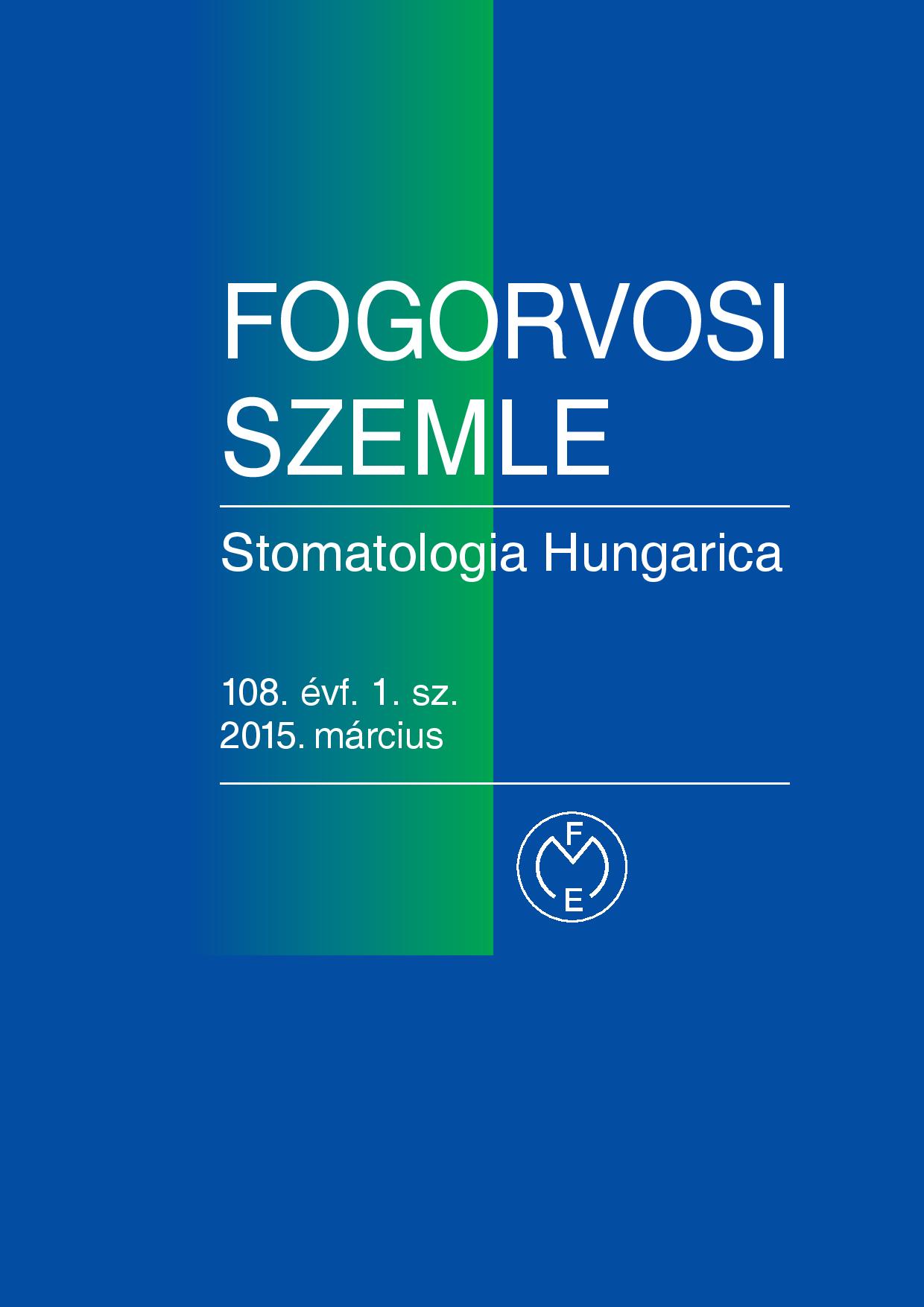Frequency of signs and symptoms of temporomandibular joint disorders, vertical orthodontic anomalies and their relationships based on screening of a large population
Abstract
Altogether 4606 volunteers (2923 vomen, 1683 men) participated in the representative national epidemiological study to screen the alterations of temporomandibular joint (TMJ). The characteristic clinical signs and subjective complaints according to TMJ were evaluated by the medical history and physical examination. Regarding the orthodontic anomalies the vertical abnormalities (deep bite and open bite) were clinically registrated. Clinical signs showing the functional problems of TMJ were found in 45.19% of the examined population, mainly in the group of 35–44 year olds. The frequency of clicking and crepitation of TMJ was significantly higher in women comparing with men (p < 0.05). The highest rate of clinical signs of TMJ disorders was found in the South Transdanubian Region, the lowest one in the Middle Transdanubian region, between these regions it was a significant difference regarding the frequency of deviation/deflexion (p < 0.05). From the vertical abnormalities deep bite was occured most frequently in the 35–44 ys old age group. The prevalence of deep bite was higher among males than females in the whole examined population, but the difference was not statistically significant. Significant relationship was detected between deep bite and TMJ pain, deep bite and noises in the joint in the majority of the population. The most frequent anomaly in the Southern-Transdanubian Region was deep bite, while the open bite was occured most frequently in south middle part of Hungary. Conclusion: the Hungarian population needs well organized specific programs to improve the oral health including TMJ and orthodontic relations.
Copyright (c) 2021 Authors

This work is licensed under a Creative Commons Attribution 4.0 International License.


.png)




1.png)



